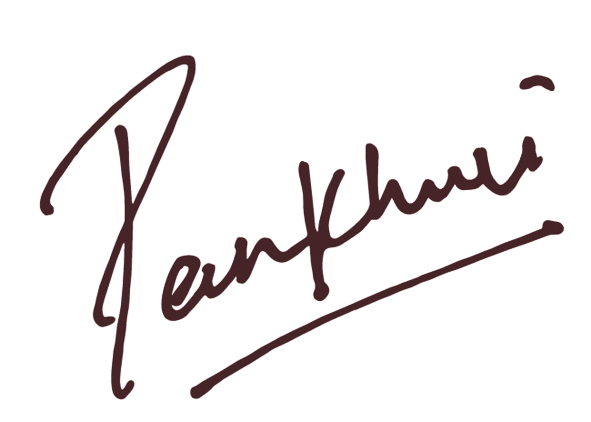When it comes to Indian weddings, I’ve always believed that jewelry carries more weight than the outfit itself. It’s what defines a bride, it’s what gets passed down generations, and it’s often the most personal part of her look. Over the past year, watching brides choose their pieces, I’ve noticed how jewelry in 2025–2026 is becoming less about excess and more about identity. Brides today don’t just want to look like “a bride”; they want to look like themselves—only elevated, glowing, and timeless.
The biggest shift I see is towards one statement piece that does the talking. Whether it’s a dramatic choker, an oversized maang-tikka, or even a bold pair of vintage jhumkas, brides are letting a single hero element shine, while everything else supports it. Heavy layering that used to dominate bridal looks is quietly stepping back; the new mood is balance, not overload. Even with traditional polki, the styling feels fresher—paired with enamel, hints of colored stones, or minimal lines that bring in a touch of modernity without losing heritage. And speaking of color, this is the era of gemstones taking center stage. Emerald chokers, sapphire drops, pastel polki sets—there’s something incredibly regal yet refreshing about moving beyond the all-gold palette.
Another thing that makes me really happy is the rise of personalization. I’ve seen brides rework their heirloom kadas into sleeker cuffs, or have initials engraved inside bangles—tiny details that make the jewelry theirs forever. It’s no longer about wearing what the market dictates; it’s about weaving stories into the pieces. And while beauty remains central, comfort has finally entered the conversation too. The trend is veering towards lighter, intricate jewelry that can be worn all day without weighing a bride down—luxury that feels effortless.
On the flip side, some trends are finally making their quiet exit. Overloaded sets, the kind that stack four necklaces with a matha-patti and giant earrings, are beginning to feel dated. Similarly, over-the-top sparkle—think blinding CZ or American diamonds—has lost its charm, giving way to handcrafted artistry that feels refined. Identical matchy-matchy sets are fading too; instead, brides are mixing and matching, pairing traditional pieces with contemporary accents for a look that feels organic. Even headpieces are evolving—gone are the days of heavy matha-pattis that caused more headaches than happiness. Delicate passas, single-line tikkas, and subtle hair jewels are replacing them with grace.
Interestingly, even the outfits are now adjusting to let jewelry breathe. Brides are moving away from heavily sequined lehengas that steal the spotlight and leaning towards artisanal, handworked textiles that complement rather than compete. After all, jewelry deserves its moment.
The truth is, bridal jewelry in 2025–2026 is no longer about following a formula. It’s about thought, curation, and meaning. Every piece worn is chosen not just for beauty but for the story it tells. And that, to me, is what makes this new era of bridal jewelry so exciting.
With love,
Pankhuri

